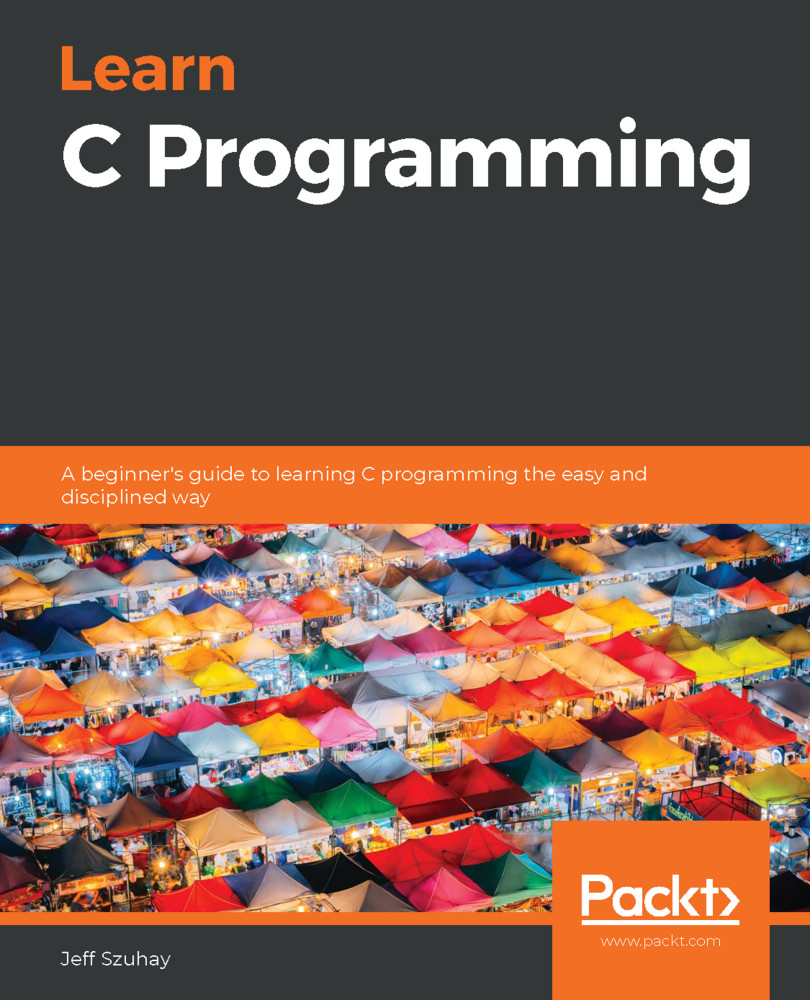If we can have a pointer that points to a variable, it should come as no surprise that we have a pointer that points to another pointer, which then points to our desired variable. This is called a double indirection. When using a pointer to a pointer to a variable, we must doubly dereference our starting pointer to get to the desired value. Why might we need to do that?
Consider the following snippet in pointers2.c:
printf( "address of pDimension = %#lx\n" ,
(unsigned long)&pDimension);
Now, you might have observed that we didn't move this code snippet into theshowInfo()function. That is because if we passed pDimension into the function as a parameter, a new temporary variable would be created and the value of pDimension would be copied into it. We would thus see the address of the function variable, which would be different from the location ofpDimension. We can move it intoshowInfo(), but we will need...


